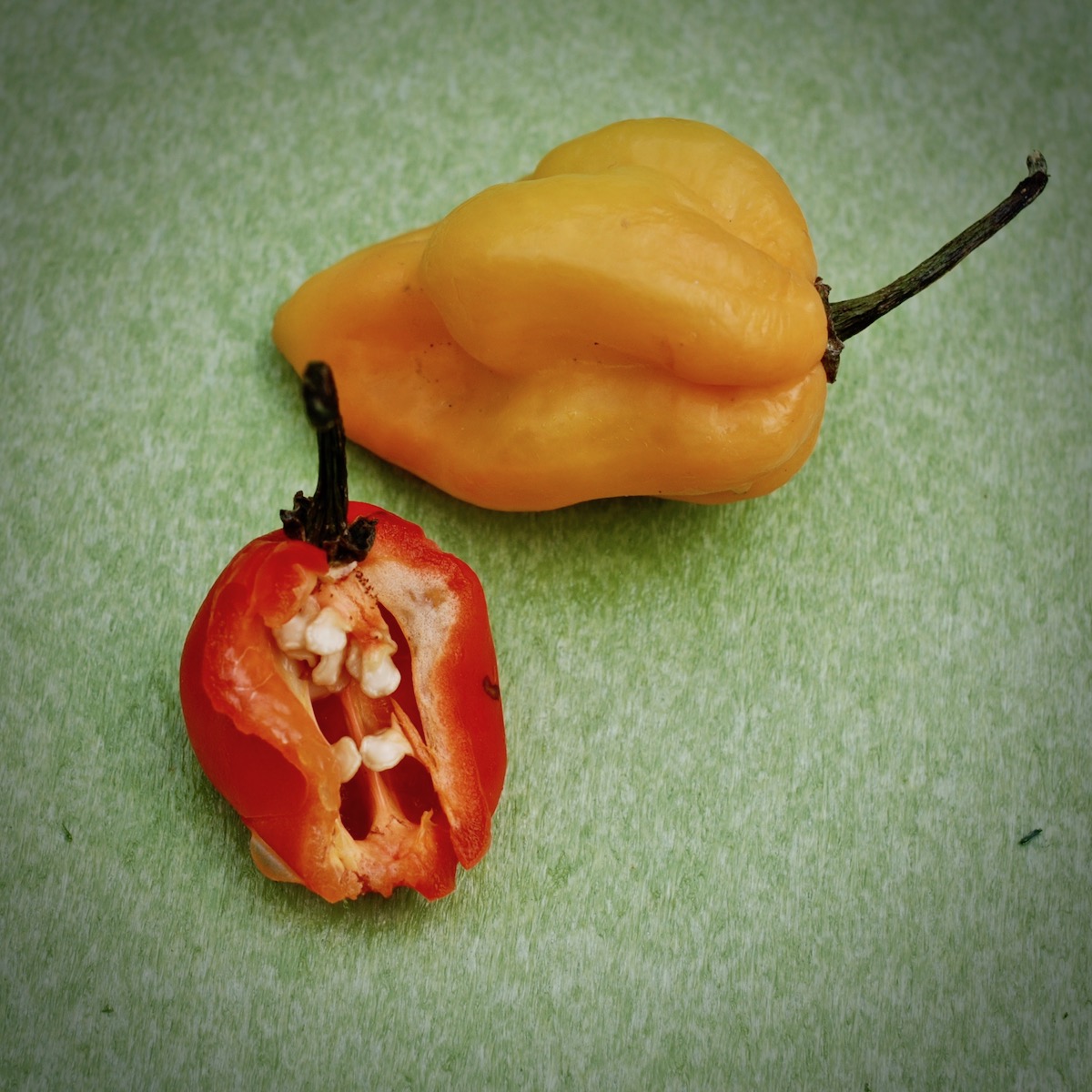How to Make a Hot and Spicy Habanero Sauce Recipe
If you love a fiery kick with bold, fresh flavor, this habanero sauce is calling your name. We’re talking real heat—bright, fruity, tangy, and just the right amount of burn.
Whether you drizzle it over tacos, mix it into your morning eggs, or use it to wake up a sleepy marinade, this sauce brings the kind of punch that hot sauce fans live for.
And the best part? You control the balance. Want more garlic? Add it. Need it a little sweeter? Toss in some mango or carrot. You’re in the driver’s seat.
In this post, I’ll walk you through a simple method to make your own habanero sauce at home. It’s easier than you might think, and once you try it, you may never go back to the bottled stuff again.
I’ll share ingredient tips, flavor ideas, storage tricks, and ways to mellow the heat without losing that signature habanero character. Whether you’re a heat-seeker or just habanero-curious, this recipe has something for you.
Just remember—this isn’t your grandma’s mild salsa. It’s bold, bright, and built to wake up your taste buds. Ready to turn up the heat? Let’s make some sauce.
Habanero Sauce Recipe
Equipment
- Blender
Ingredients
- 1 large red bell pepper roughly chopped
- 1 fresh habanero pepper dried works too
- 1 large shallot minced
- 4 cloves garlic minced
- 1 cup water
- ⅓ cup red wine vinegar
- 1 tablespoon paprika
- 1 teaspoon coriander
- 1 teaspoon cumin
- 1½ teaspoon salt
Instructions
- Roughly chop the bell and habanero peppers, or grind the habaneros if using dried).
- Roughly chop the onion and garlic.
- Bring all of the ingredients to a boil, and then simmer for 8 minutes.
- Finally, puree the mixture in a blender.
Goes Great With
Food | Description | Why It Works |
| Tacos (especially pork or fish) | Street-style or grilled, tacos soak up the heat and brightness of habanero sauce. | The citrusy heat cuts through rich meats or enhances the freshness of fish. |
| Grilled Chicken | Juicy, charred chicken gets a bold flavor boost from the fruity spice. | The sauce adds depth and contrast to the smoky grilled flavor. |
| Eggs (scrambled, fried, or in burritos) | Morning eggs become far more exciting with a dash of heat. | The richness of eggs balances the intense spice and brings out the flavors. |
| Burgers or Sandwiches | A fiery layer between buns turns a basic sandwich into a flavor bomb. | Habanero sauce adds contrast to creamy cheeses or fatty meats. |
| Rice and Beans | Classic Latin staples soak up flavor and heat beautifully. | The sauce adds complexity to otherwise mild, earthy ingredients. |
| Ceviche | Fresh citrus-marinated seafood pairs beautifully with habanero’s zing. | The fruity heat complements lime and enhances the seafood’s brightness. |
| Pizza | A drizzle on top of cheesy pizza adds surprise and personality. | Habanero’s heat cuts through cheese and brightens tomato-based sauces. |
| Grilled Shrimp or Scallops | Seafood’s sweetness plays off the habanero’s sharp, tropical notes. | The contrast creates a balanced and elevated dish. |
| Roasted Vegetables | A bold finish on sweet or earthy roasted veggies like carrots or sweet potatoes. | The sweet/spicy combo is addictive and brings out hidden flavors in the veggies. |
| Pulled Pork or Ribs | Habanero sauce kicks BBQ classics up a notch without overshadowing them. | Its brightness cuts through fatty richness and adds a zesty edge. |
Habanero Peppers
Habanero peppers pack a serious punch and a ton of flavor. These small, lantern-shaped chilis are known for their intense heat and bright, fruity notes that set them apart from other hot peppers.
Native to the Amazon region and now cultivated across the Americas, habaneros have become a favorite among spice lovers seeking to add a touch of complexity to their dishes. They typically ripen from green to vibrant orange or red, though you’ll also find chocolate, white, and even purple varieties.
When you bite into a habanero—or more likely, when it hits your tongue in a sauce—you’ll first notice a floral, citrusy burst before the burn sets in. And that burn is no joke. Habaneros range from 100,000 to 350,000 Scoville Heat Units, making them about 70 times hotter than a jalapeño.
Cooks use habaneros in everything from hot sauces and marinades to fruit salsas and chili pastes. Just remember to handle them carefully—wear gloves, avoid touching your eyes, and always taste with caution. A little goes a long way.

My Personal Experience With These Hot Peppers
We were having a party a couple of years ago, and I made a mango salsa that I wanted to spice up, so I cut up a fresh habanero into 8 pieces. I know it was 6 pieces because I was told by a friend to make sure I remove all 6 pieces before serving because you don’t want anyone to get a whole piece in a bite.
So I let the habanero pieces sit in the salsa for about an hour, removed them, and tasted the salsa, which was hot. Not too hot, but it got me sweating after a few bites.
I wanted to see just how hot these peppers are, so I took a 1/6 piece, cut it in half, and put it in my mouth. That was a mistake. Maybe I’m a wimp when it comes to hot peppers, but this felt like someone lit a fire in my mouth. WOW!
So please be careful with this sauce, especially if you are serving it to kids who I can tell you right now are not going to like it because of the heat.













